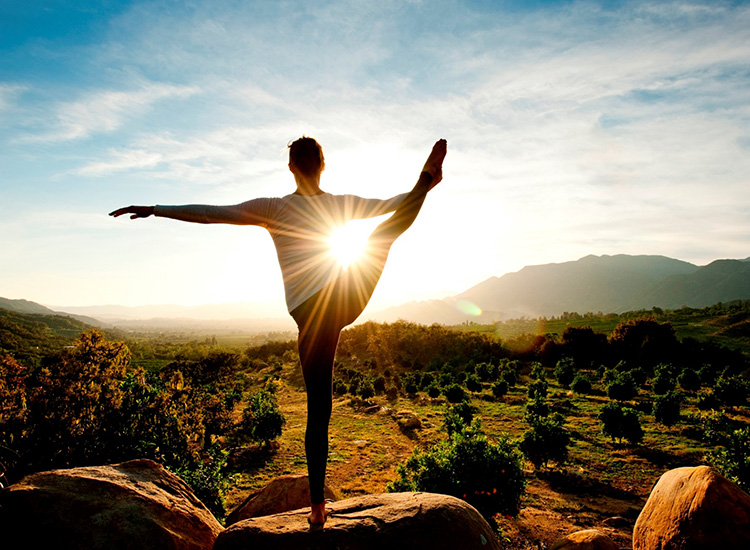A woodpecker lands across the stream shortly after I arrive. I’ve never seen one drinking at the water’s edge before. Something about the late afternoon light, the rippling water, the thick foliage and that black and white woodpecker with the red cap seizes the eye and freezes the body in beauty.
 Leaving the stream in an intense meditative state, I came upon 30 or more toddlers lined up along the sides of the footbridge. Passing a young woman standing guard at one end simultaneously watching over them and texting on her cell phone, I spontaneously exclaim, ‘look at all the little ones!’
Leaving the stream in an intense meditative state, I came upon 30 or more toddlers lined up along the sides of the footbridge. Passing a young woman standing guard at one end simultaneously watching over them and texting on her cell phone, I spontaneously exclaim, ‘look at all the little ones!’
Without even turning her head she says, in a dead voice, “yeah huh.” For an instant it leaves me cold, but the little people, who barely look old enough to walk, are all staring and beginning to surround me.
A few leave the line as I slow, saying incongruous things like toddlers do. I wanted to get down on one knee and talk to them, but I’m sure their minders wouldn’t have approved.
Instead I just speak to one of them, wave at a couple more, and cross the bridge. It was like passing through a gaggle of human ducklings.
Walking back to the car I wonder: If the human brain is the ‘pinnacle of creation’ on this planet, and the only brain capable of conscious awareness of beauty and love, why is the direct perception of beauty so rare?
Recently I heard a monk speak about “the gap between monks and lay people.” It was an interesting talk, but I think he missed the mark somewhat.
Depending on whom you talk to, and with a few differences, I’m a monk living outside a monastery, or a layperson living like a monk in the world. There are a lot more people like me these days than you might think— enough to make the gap between monks and lay people seem like a distinction without a difference.
If so, is this a good sign, or a bad one? Does it represent the erosion of spiritual soil, irrespective of particular religions, or the opening up of the religious impulse in ordinary folks?
A few years ago the abbot and a few monks from Shasta Abbey, a Soto Zen monastery north of here, held daylong meditation and dialogue retreat in town. There was a certain atmosphere about them—more attentive, quiet and respectful of each individual than the average person for sure. But the group meditation had the same quality all group meditations have in my experience.
And when it came to dialogue, I couldn’t tell any difference at all. Making the mistake of thinking we were thinking together, I asked why the mind isn’t naturally quiet, why the human brain tends so much toward the ‘monkey mind.’
“If you have an insight into that question, you should be on this platform and not me,” the abbot replied. I don’t want to be on a platform, can we question together?
I take my meditations outdoors, alone. When one attends to the sounds, sights, smells and touch of the wind on the skin, the movement of nature becomes a mirror for the movement of thought/emotion.
Watching that movement intently in the same way as one watches a stream—without the interference of  the censor (that is, without judgment and evaluation)—the mind effortlessly and spontaneously falls silent, and the heart opens. Then mind, heart and body are simply in the present.
the censor (that is, without judgment and evaluation)—the mind effortlessly and spontaneously falls silent, and the heart opens. Then mind, heart and body are simply in the present.
So attention without the observer/self quiets the mind and opens the heart. And as meditation deepens, psychological time, which is inextricable from the movement of thought, ends.
That is, when thought completely ceases operating, time ends. One enters another dimension of being, in which one no longer is looking through the glass darkly, but seeing things as they are and as they arise, outwardly and inwardly, without division or duality.
Then one sees and feels the beauty that is not in ‘the eye of the beholder.’ When the mind and heart are truly open to beauty, it is beyond form. It is the same as love, which in itself is beyond the categories and particulars of love.
Man-made beauty, such as the Millau Viaduct/Bridge in France, is a reflection of the beauty in nature, but to create such things, one has to first see and feel the beauty that isn’t man-made and artistically expressed.
Clearly, the direct perception of beauty beyond the mind of man is rare because thought so dominates the brain. But we can break the vicious circle.
More than the appreciation of beauty turns on it. Living up to our potential has become a matter of survival.
Martin LeFevre

